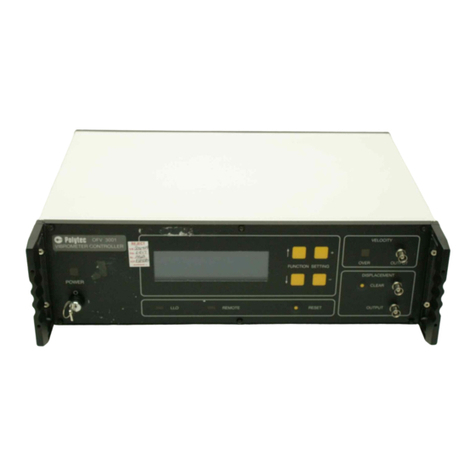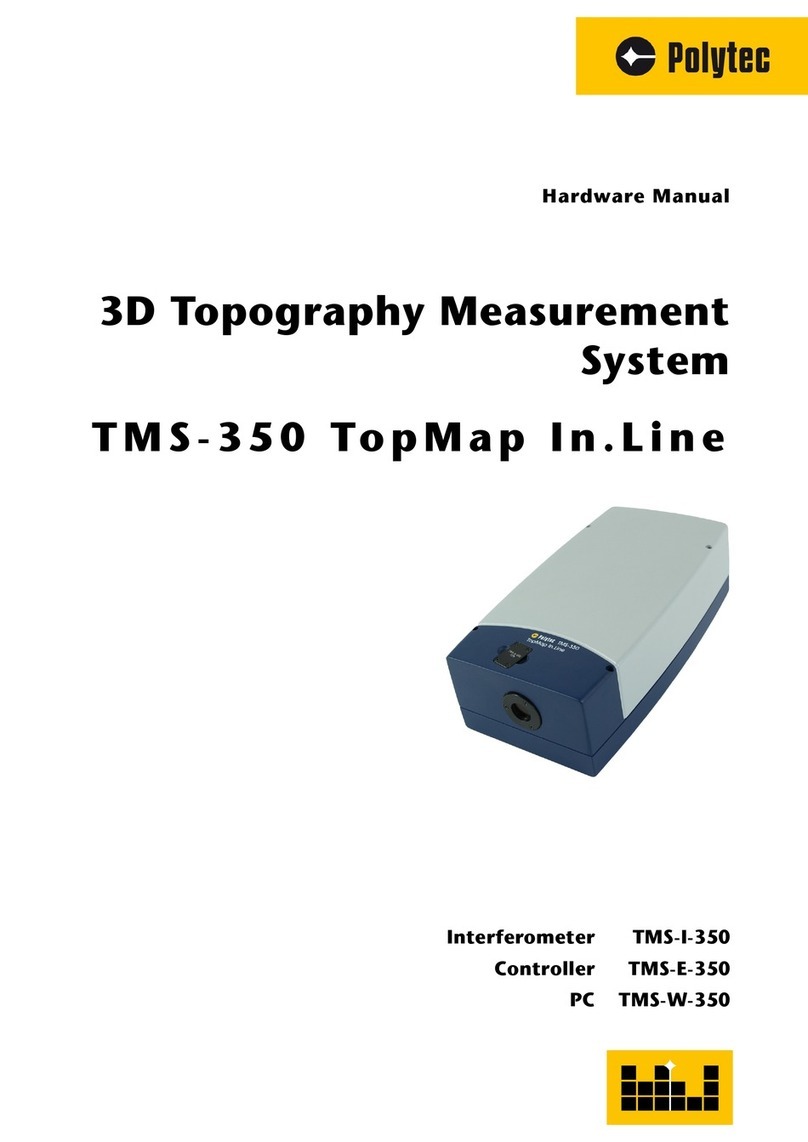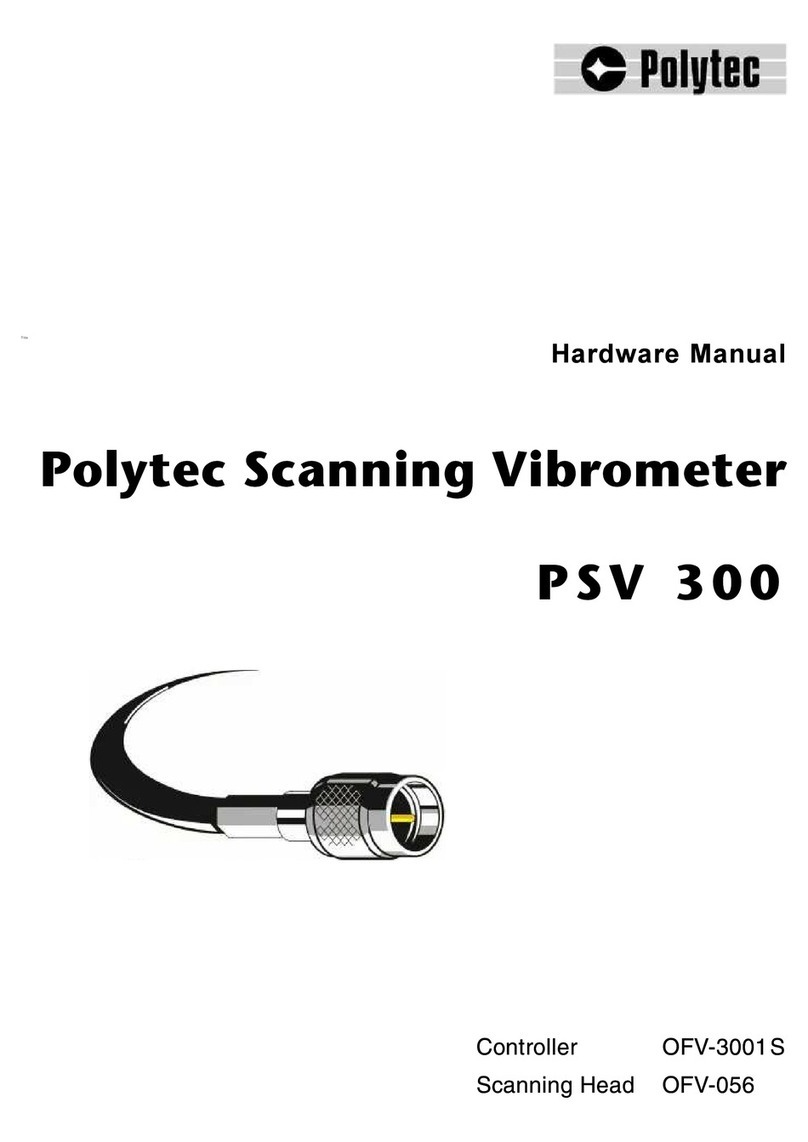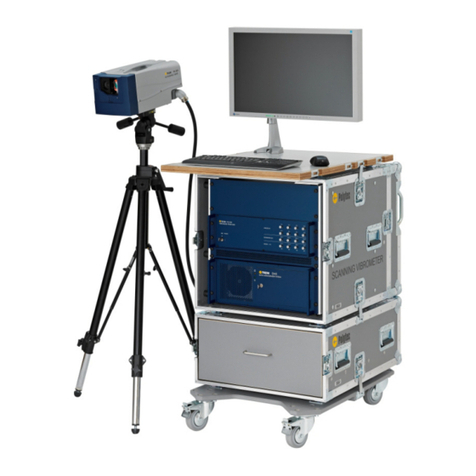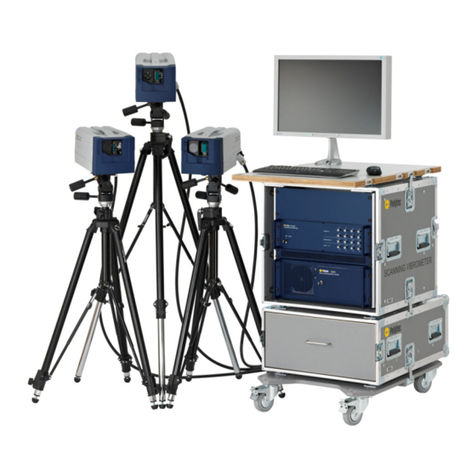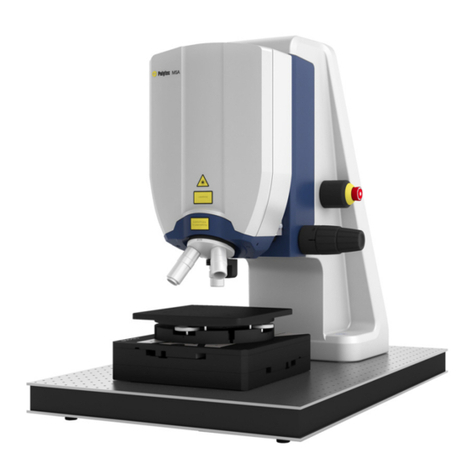
i
Contents
Contents
1 Safety Information 1-1
1.1 General Safety Information ................................................................................................. 1-1
1.2 Information on Laser Safety ................................................................................................ 1-2
1.2.1 Safety Information..................................................................................................... 1-2
1.2.2 Safety Precautions .................................................................................................... 1-3
1.2.3 Laser Warning Labels ............................................................................................... 1-4
1.3 Information on Electrical Safety .......................................................................................... 1-5
1.4 Specific Safety Information for Lithium Ion Batteries ........................................................... 1-6
1.4.1 Safety Precautions for Using..................................................................................... 1-6
1.4.2 Safety Precautions for Loading ................................................................................. 1-6
2 Introduction 2-1
2.1 Area of Application.............................................................................................................. 2-1
2.2 Measurement Principle ....................................................................................................... 2-2
3 First Steps 3-1
3.1 Unpacking and Inspection ................................................................................................... 3-1
3.2 Operating and Maintenance Requirements ......................................................................... 3-2
3.3 Control Elements ................................................................................................................ 3-3
3.4 Installation .......................................................................................................................... 3-5
3.4.1 Assembly .................................................................................................................. 3-5
3.4.2 Electrical Connection ................................................................................................ 3-7
3.5 Functional Test ................................................................................................................... 3-7
4 Making Measurements 4-1
4.1 Start-up............................................................................................................................... 4-1
4.2 Selecting Suitable Settings ................................................................................................. 4-2
4.2.1 Setting the Velocity Measurement Range .................................................................. 4-2
4.2.2 Setting the Low Pass Filter........................................................................................ 4-2
4.2.3 Setting the High Pass Filter....................................................................................... 4-3
4.3 Setting the Optimal Stand-off Distance................................................................................ 4-4
4.3.1 Coherency between Stand-off Distance and Visibility Maximum ................................ 4-4
4.3.2 Stand-off Distances ................................................................................................... 4-5
5 Operating the PDV 5-1
5.1 Switching On and Off .......................................................................................................... 5-1
5.2 Blocking the Laser Beam .................................................................................................... 5-1
5.3 Focusing the Laser Beam ................................................................................................... 5-1
5.4 Using the Signal Level Display............................................................................................ 5-2
5.5 Fixing the Focus Position....................................................................................................5-2
5.6 Setting Parameters via the Display ..................................................................................... 5-2
5.6.1 Philosophy ................................................................................................................ 5-2

